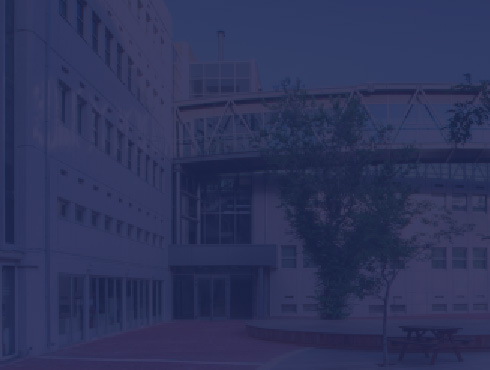Amorphous solids laboratory
Our group studies systems that are inherently disordered (e.g., glasses, packings, driven suspensions, crumpled sheets). Using computational and theoretical techniques we strive to understand how simple microscopic rules give rise to complex emergent behaviors. A central theme of our research...


